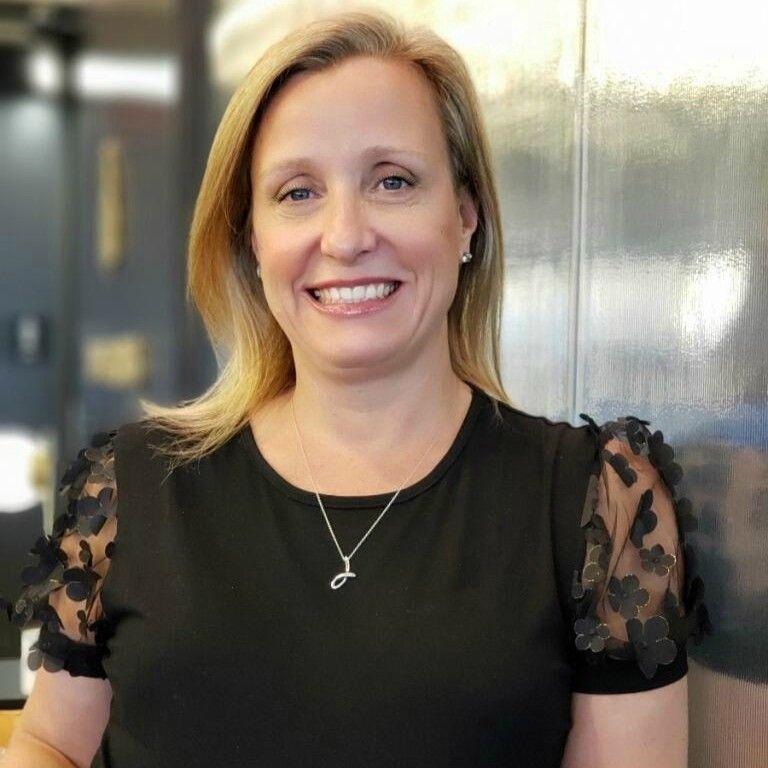What process do your buyers follow before deciding to buy?
Regardless of the person’s title, product, service or industry, we can map out a clear progression from the time a prospect is considering a purchase until the contract is signed and payment is made.
The stages of the buyer’s journey that salespeople need to understand are engagement, consideration, decision and advocacy. (There is an important stage that precedes engagement, awareness. But this article is for sales professionals who typically don’t have the final say on branding messages that shape awareness.) For our purposes, let’s focus on the four stages that follow. We must meet buyers wherever they are in this journey and not where we have traditionally started our own process.
• Engagement: This is where buyers start talking about what they think they need. They might engage with others in the organization or they may engage with external people, such as their current suppliers or prospective new suppliers.
Here, buyers ask themselves: Is there a problem that needs to be addressed? Who is the problem affecting and how? If there is, how do we solve it? What happens if we do nothing?
During this part of the buyer journey, sales professionals need to determine: What is the best strategy for connecting with the buyer? (Note: It is likely to involve multiple platforms and modalities.) With whom should we connect at the company/organization? How do we get a “seat at the table” to explore the opportunity?
• Consideration: The brainstorming on the buyer’s part has now percolated into a desire for information and insights that might provide solutions to the problem.
The buyer has several questions that come to mind during this consideration stage: What is the real problem here? What are our options for solving it? Who could we reach out to for a possible solution?
At this point, the buyer hasn’t arrived at any definitive solutions for solving the problem. In this stage of the buyer’s journey, sales professionals need to confirm that the potential solution, the buyer’s budget and their decision-making process constitute a good fit for both sides.
• Decision: Now that the buyer knows, or believes they know, what the problem is and has assembled a list of options for solving that problem, another set of questions emerges. For instance: How much is it going to cost us—in terms of money and other resources—to solve this problem? What is the sense of urgency to even address this problem? Sales professionals need to responsibly, professionally and ethically facilitate all the important discussions that take place internally during this stage of the buyer’s journey, or as many of them as possible.
• Advocacy: Here, based on the experience they’ve had with that vendor or provider, the buyer becomes a raving fan and advocates on behalf of the selling party. Basically, they ask: Did the provider actually solve our problem in an efficient, timely and cost-effective manner? If so, do they have any other products or services we could benefit from, or could they help us again somehow? What other departments, business associates, companies, organizations, etc., should know about this?
Considering that when a buyer says “Yes,” that’s just the beginning of the relationship and it is the seller’s responsibility to reaffirm the buyer’s decision. To increase the odds that we will deliver the goods, and inspire the person who bought from us to become an advocate on our behalf, look beyond the immediate question of whether the sale has “closed” and ask whether a strong relationship is being formed with your customer.
And, instead of focusing on the features and benefits of your company, product or service, focus instead on aligning your team’s sales process with your ideal customer’s buying journey.
Jim Marshall is owner, and president, of Sandler Training of Tampa Bay, which provides sales, corporate and management training to high-achieving companies and individuals. Contact him at 813.287.1500 or [email protected].









